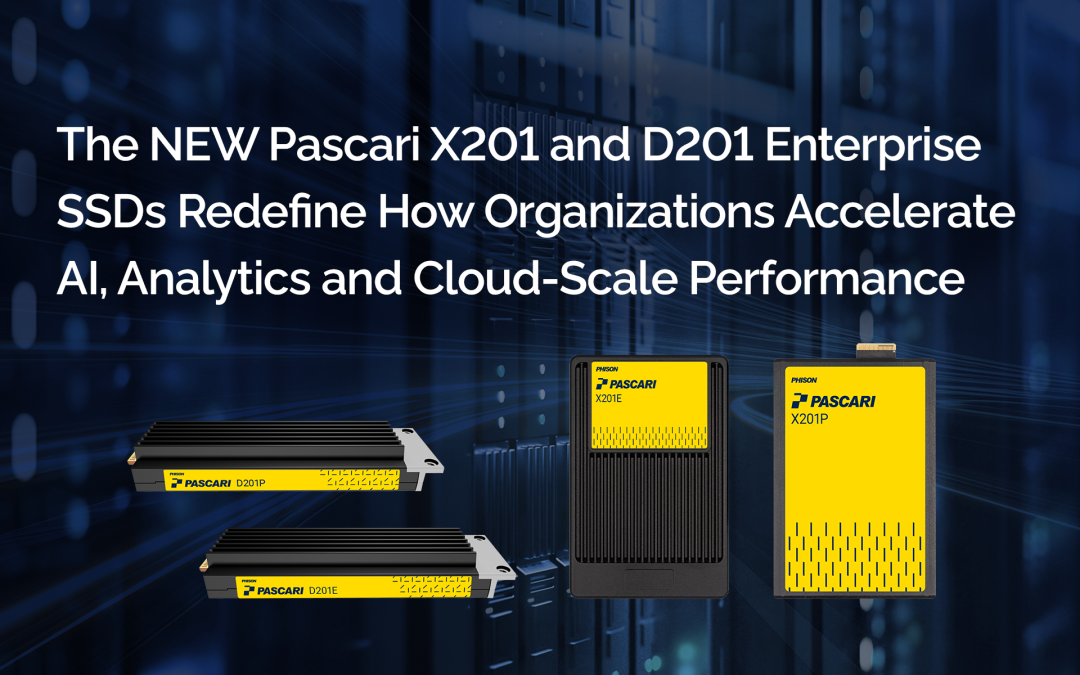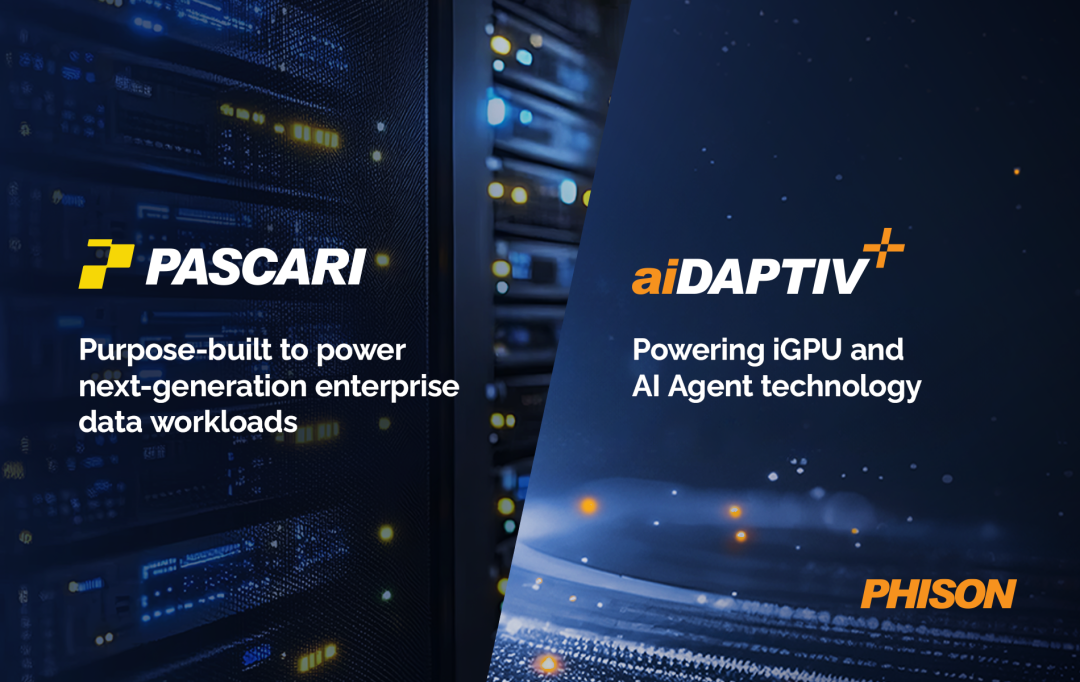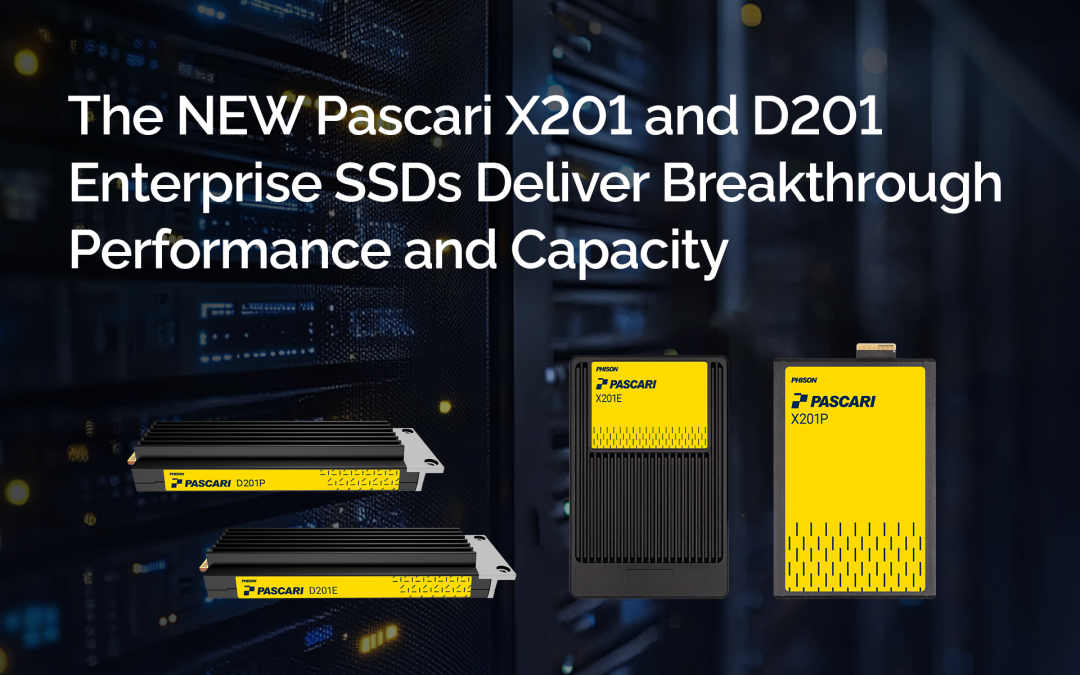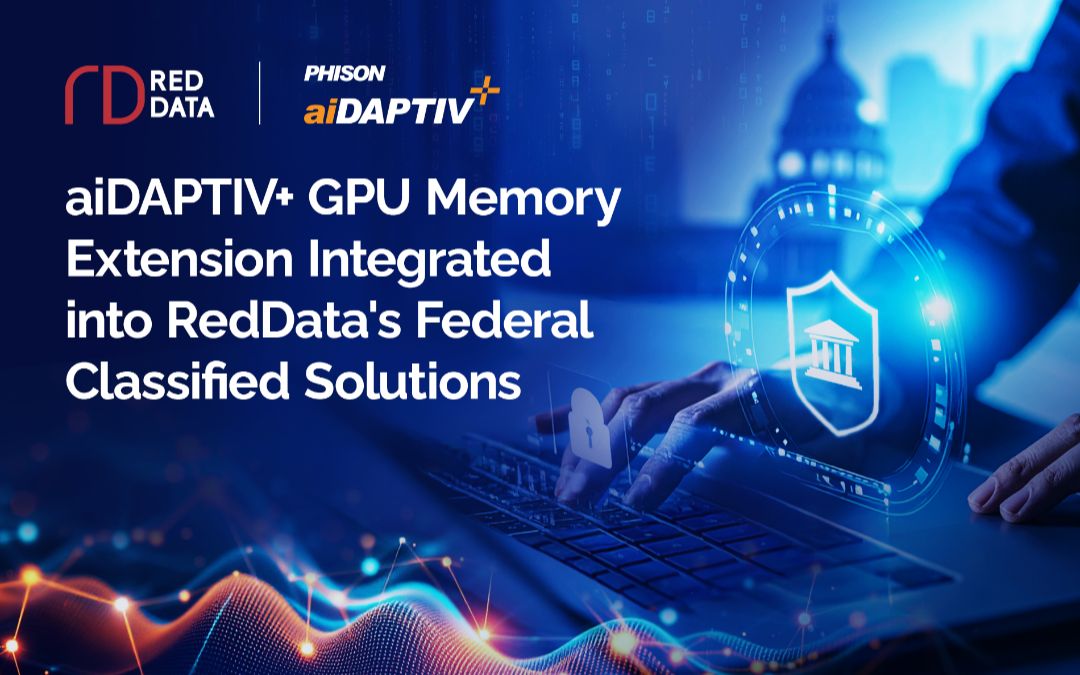並非所有 AI 模型格式都生而平等。本文將介紹它們的意義、重要性以及如何透過正確的選擇來最大限度地提高效率、安全性和成果。
人工智慧模型是當今最令人興奮的技術的核心。從支援聊天機器人的大型語言模型 (LLM),到醫學影像中使用的視覺模型,再到電商平台上的推薦引擎,它們將原始資料轉化為有用的洞察和經驗。簡而言之,人工智慧模型是經過訓練的系統,能夠從大量資料集中學習模式,從而產生預測、分類或輸出。
但訓練模型只是故事的一半。模型一旦建立,就需要保存、分享和部署,而這正是模型格式發揮作用的地方。格式不僅決定了模型的儲存方式,也決定了模型在實際中的運作方式。效能、效率、相容性甚至安全性都取決於這種選擇。
挑戰在於,並非只有一種「AI 模型格式」。相反,一個不斷發展的生態系統正在不斷壯大,每種格式都針對不同的用例進行客製化。在強大的雲端伺服器上運作良好的格式,在行動裝置上可能會失效。適合快速實驗的格式,在企業部署中可能難以擴展。面對如此眾多的選擇,難怪開發人員、研究人員和企業領導者都難以確定哪種格式最適合他們的專案。
在本指南中,我們將分解最常見的 AI 模型格式,解釋它們的優點(以及缺點),並幫助您做出更明智的選擇,從而節省時間、降低成本並使您的 AI 項目在現實世界中發揮作用 - 而不僅僅是在理論上。
GGML 和 GGUF,用於輕量級推理的量化模型
GGML 和 GGUF 是緊密相關的格式,其設計主要目標是:縮小 AI 模型的尺寸,使其更易於在中等硬體上運行。它們透過一個稱為量化的過程來實現這一目標——降低模型中使用的數字的精確度(例如,將 16 位元或 32 位元權重轉換為 4 位元或 8 位元版本)。如果操作得當,量化可以顯著減小模型尺寸,降低硬體需求,同時僅對精度造成輕微損失。
這使得 GGML 和 GGUF 對於希望在沒有高階 GPU 的裝置上本地運行 AI 模型的用戶尤其具有吸引力。事實上,這兩種格式都可以直接在 CPU 上進行推理,由 RAM 而不是專門的圖形硬體來處理工作負載。這意味著即使是輕量級的筆記型電腦或桌上型電腦,也可以在沒有專門的加速卡的情況下運行相當複雜的模型。
另一個優勢是部署簡單。以 GGML 或 GGUF 格式儲存的模型通常會打包為單一文件,這使得它們易於在不同平台之間移動、共用和設定。 GGUF 尤其在 GGML 的基礎上進行了改進,在文件中添加了更豐富的元數據,例如更詳細的架構信息,以幫助避免配置難題。它還擴展了對基於 LLaMA 模型以外的模型的支持,從而拓展了這些格式的實用性。
然而,這些優勢也伴隨著一些代價。由於這些格式是為推理(運行已訓練的模型)而構建的,因此它們不支援訓練或微調。任何想要繼續訓練模型的人都必須先將其轉換為其他格式,然後在完成後可能會再轉換回來。此外,雖然量化功能強大,但它不可避免地會帶來一定程度的品質損失——輸出可能不如全精度模型產生的輸出那麼精確。
實際上,GGML 和 GGUF 最適合那些希望在有限的硬體上運行現有模型,並且願意為了速度和效率而接受較小的準確性犧牲的用戶。
主要優點:
-
-
- 針對 CPU 使用進行了最佳化,不需要 GPU
- 支援更小、更快模型的量化
- 採用簡單的單文件格式打包
- 只需極少的設定即可跨不同平台運行
-
主要缺點:
-
-
- 無法直接訓練或微調
- 在某些情況下,量化可能會降低準確度
-
PyTorch 格式為實驗提供了彈性
PyTorch 由 Meta 提供支持,已成為人工智慧研發領域中使用最廣泛的框架之一。它的流行源於其「運行時定義」方法,這意味著 PyTorch 並非在執行之前建立整個模型架構,而是在程式碼運行時動態建置。這種靈活性使研究人員和開發者能夠輕鬆嘗試新的模型設計,更有效率地進行偵錯,並動態調整架構。
在 PyTorch 中儲存模型時,主要有兩種檔案格式:
-
-
- .pt 檔案包含部署模型所需的一切,因此當您想要將模型從訓練轉移到生產時,它們會成為首選。
- .pth 檔案通常用於保存模型權重和參數,通常用作訓練期間的檢查點。這允許開發人員暫停、調整和恢復訓練,而無需重新開始。
-
PyTorch 最大的優勢之一是其易用性。該框架採用數據科學和機器學習領域最廣泛使用的程式語言 Python 編寫並與其緊密整合。它的語法極具“Python 風格”,這意味著它遵循 Python 程式碼的慣例和可讀性標準——簡潔、清晰、直觀。這降低了新手的學習難度,因為許多開發人員、研究人員和學生已經在工作中使用 Python。 PyTorch 不會強迫人們學習陌生的程式設計範式,而是讓他們運用可能已經掌握的技能,從而更輕鬆地建立原型並快速上手。
PyTorch 擁有龐大的開發者社區,並與 Hugging Face 等程式庫深度集成,提供了豐富的工具、教程和預訓練模型生態系統。這些支持加速了實驗進程,並使其能夠輕鬆地在他人成果的基礎上進行建構。
然而,正是 PyTorch 的靈活性使其成為研究領域的寵兒,但也使其在大規模生產部署中效率低下。以 PyTorch 格式儲存的模型通常預設佔用更多空間,這會在資源受限的環境中降低效能。此外,PyTorch 最擅長於 Python,因此雖然可以在其他環境中使用模型,但 Python 以外的支援可能會比較有限。
另一個重要的警告:PyTorch 格式使用 pickle 進行序列化,這是 Python 特有的資料保存方法。雖然方便,但 pickle 也可能存在安全風險,因為檔案可能包含可執行程式碼。開啟來自未經驗證來源的 .pt 或 .pth 檔案可能會引入漏洞。開發人員需要注意其模型的來源,並在共享模型時採取安全措施。
簡而言之,當靈活性和實驗性是優先事項時,PyTorch 格式會大放異彩,但對於企業級大規模部署而言,它們可能不是最有效的選擇。
主要優點:
-
-
- 直覺的 Python 語法,易於學習
- 支援執行期間的動態模型更改
- 擁有龐大社群和 Hugging Face 生態系統的支持
-
主要缺點:
-
-
- 對於大規模生產工作負載效率較低
- 與其他方案相比,預設模型尺寸更大
- 主要針對 Python 環境設計
- 如果檔案來自不受信任的來源,pickle 序列化將帶來安全風險
-
專為生產環境打造的 TensorFlow 格式
谷歌開發的 TensorFlow 已成為最廣泛採用的 AI 框架之一,尤其是在規模、可靠性和跨平台部署至關重要的生產環境中。與通常用於研究和實驗的 PyTorch 不同,TensorFlow 在設計時就充分考慮了生產就緒性,使其非常適合企業採用。為了支援這一點,TensorFlow 提供了多種模型格式,每種格式都針對不同類型的部署進行了最佳化。
TensorFlow SavedModel:企業級部署
SavedModel 格式是 TensorFlow 預設且最全面的選項。它並非保存單一文件,而是儲存包含參數、權重、計算圖和元資料的整個文件目錄。這種結構允許模型無需原始程式碼即可進行推理,這對於可重複性和可移植性至關重要的企業部署而言是一個巨大的優勢。
SavedModel 能夠封裝一切,因此非常適合大規模生產,但它也有一些缺點:與簡單的格式相比,檔案更大、管理更複雜、學習曲線更陡峭。
主要優點:
-
-
- 全面,包括權重、參數和圖表的存儲
- 針對生產和可重複性進行了最佳化
- 跨平台和環境工作
-
主要缺點:
-
-
- 更大、多文件格式,更難管理
- 對於初學者學習起來比較困難
- 需要針對某些設備目標進行轉換
-
TensorFlow Lite:適用於行動和邊緣設備的 AI
TensorFlow Lite (TFLite) 針對運算資源稀缺的環境(例如智慧型手機、物聯網設備或嵌入式系統)進行了最佳化。它使用量化、圖形簡化和提前 (AOT) 編譯等技術來縮減模型大小,從而使模型輕量且高效,足以在低功耗硬體上運行。
這使得 TFLite 對於手機上的即時影像辨識或物聯網裝置中的嵌入式臉部辨識等應用尤為重要。然而,其缺點是量化和其他優化可能會導致一定的準確率損失,而且 TFLite 僅用於推理,無法用於訓練。由於其簡化的特性,調試也可能更加複雜。
主要優點:
-
-
- 在行動裝置和低功耗硬體上有效運行
- 產生更小的單檔模型
- 支援跨平台部署
-
主要缺點:
-
-
- 量化導致的精度損失
- 不適用於訓練或微調
- 除錯和錯誤追蹤可能具有挑戰性
-
TensorFlow.js LayersModel:瀏覽器中的 AI
LayersModel 格式使 TensorFlow 模型能夠透過 TensorFlow.js 直接在瀏覽器中運作。此格式由一個 .json 檔案(包含層定義、架構和權重清單)和一個或多個 .bin 檔案(儲存權重值)組合而成,允許 AI 完全在客戶端執行。
這種方法使得在瀏覽器中訓練和運行模型成為可能,無需任何後端基礎設施。這在隱私方面(因為資料永遠不會離開設備)和易於部署方面具有重大優勢。例如,開發者可以將圖像分類器嵌入到直接在使用者瀏覽器中執行的 Web 應用程式中。其限制在於模型大小受限,且效能在很大程度上取決於所使用的瀏覽器和設備。
主要優點:
-
-
- 無需後端基礎設施
- 本地執行提供強大的隱私
- 易於與網頁應用程式集成
-
主要缺點:
-
-
- 模型大小和複雜度有限
- 依賴瀏覽器/設備功能
- 可能需要從其他 TensorFlow 格式轉換
-
整合起來
TensorFlow 的優點在於其跨環境的靈活性。 SavedModel 是企業和生產部署的主力,TFLite 將 AI 擴展到行動和邊緣領域,而 LayersModel 則無需伺服器即可實現基於瀏覽器的智慧。這些格式共同賦予了 TensorFlow 無與倫比的影響力,儘管每種格式在複雜性、準確性和可擴展性方面各有優劣。
Keras 為初學者提供簡單易用性
雖然 TensorFlow 提供了大規模生產級 AI 所需的強大功能和靈活性,但其複雜性可能會讓初學者望而卻步。這正是 Keras 的用武之地。 Keras 最初是作為一個獨立專案開發的,後來被集成為 TensorFlow 的官方高級 API,其設計初衷是讓神經網路的建構和實驗變得更簡單、更便捷。
Keras 的核心理念是易用性。它抽象化了 TensorFlow 的大量底層細節,為開發者提供了更直觀的介面來定義、訓練和評估模型。這使得 Keras 對於那些深度學習新手,或者想要快速建立原型而無需編寫大量樣板程式碼的人來說尤其具有吸引力。
Keras 模型以 .keras 格式儲存,該格式將所有關鍵資訊(架構、訓練配置和權重)整合到一個檔案中。這使得它們具有高度的可移植性,並且易於與協作者共享。開發者可以在一台機器上建立並保存模型,然後以最小的負擔將其加載到其他地方。
代價是,這種簡單性是以犧牲精細控制和效能優化為代價的。進行大規模生產部署的高級用戶可能會發現,與「原始」 TensorFlow 相比,Keras 的限制更多。由於 Keras 是一個更高級的 API,它可能會隱藏高級開發者有時需要微調的重要細節。此外,由於該框架抽象化出了許多底層邏輯,因此除錯複雜錯誤也變得更加困難。
簡而言之,對於 AI 新手或重視快速原型設計和可讀性的團隊來說,Keras 是一個絕佳的切入點。但對於運行關鍵任務、效能敏感型工作負載的企業來說,可能需要從 Keras 轉向 TensorFlow 或其他框架,以實現最大程度的控制。
主要優點:
-
-
- 適合初學者且易於學習
- 將所有資訊儲存在一個可移植的檔案中
- 提供清晰、可讀的格式定義模型
-
主要缺點:
-
-
- 對低階細節的控制較少
- 與直接使用 TensorFlow 相比,效能較低
- 由於抽象,調試可能很困難
-
ONNX,通用翻譯器
由於 AI 框架種類繁多(PyTorch、TensorFlow、Keras 等等),互通性很快就會成為一項挑戰。在一個框架中訓練的模型可能無法在另一個框架中順利運作(甚至根本無法運作),這使得團隊難以在平台之間共享工作成果或遷移專案。開放神經網路交換 (ONNX) 正是為解決此問題而創建的。
ONNX 本質上是一種用於表示機器學習模型的標準化格式。可以將其視為 AI 的通用轉換器。透過將模型儲存為由標準化運算子(類似於層)組成的計算圖,ONNX 使得在框架之間移動模型而不會丟失關鍵資訊成為可能。例如,您可以在 PyTorch 中訓練模型,將其匯出到 ONNX,然後在 TensorFlow 中部署,反之亦然。
如果框架使用獨特的操作符,該格式還允許自訂操作符。在這種情況下,ONNX 可以將操作符對應到通用的等效操作符,或將其保留為自訂擴展,有助於跨環境保留功能。這種靈活性使 ONNX 成為不想被單一框架束縛的企業的熱門選擇。
ONNX 也針對推理進行了最佳化,這意味著它特別適合將經過訓練的模型部署到生產環境中。這些模型保存在單一文件中,從而簡化了跨不同環境的共享和部署。 NVIDIA、AMD 和 Intel 等硬體供應商都支援 ONNX 運作時,更容易從專用硬體中獲得效能提升。
有什麼缺點嗎? ONNX 對初學者的友善程度不如某些格式。它通常需要更多的技術專業知識來管理,並且可能比框架原生格式產生更大的文件。對於複雜或實驗性的模型,轉換也會變得棘手,因此,在匯出尖端設計時,適用於標準架構的方法可能不會總是完美地轉換。
儘管如此,ONNX 在 AI 生態系統中發揮著至關重要的作用,它讓開發人員和組織可以自由選擇適合工作的工具,而不被鎖定在單一格式中。
主要優點:
-
-
- 框架互通性,可以輕鬆地在 PyTorch、TensorFlow 和其他框架之間轉換
- 針對推理和部署進行了最佳化
- 單文件格式簡化了共享和可攜性
- 硬體供應商對效能優化的廣泛支持
-
主要缺點:
-
-
- 新手的學習曲線更陡峭
- 與某些格式相比,檔案較大
- 複雜或自訂模型可能無法始終無縫轉換
-
其他值得了解的 AI 模型格式
雖然我們介紹的格式(PyTorch、TensorFlow、Keras、GGUF/GGML 和 ONNX)代表了當今 AI 開發中最常用的選項,但對於特定的生態系統或用例,還有一些值得一提的格式:
- Torch腳本 一種 PyTorch 匯出格式,可將模型轉換為靜態計算圖。這使得它們更容易在無法使用 Python 的環境中部署。雖然 ONNX 現在是跨框架部署的更常見選擇,但 TorchScript 對於與 PyTorch 緊密相關的生產場景仍然很有用。
- 核心機器學習(.mlmodel) – Apple 專用於在 iOS 和 macOS 裝置上執行 AI 模型的格式。它針對 Apple 生態系統進行了高度最佳化,對於以 iPhone、iPad 和 Mac 上的應用程式或功能為目標的開發者來說至關重要。
- PMML 和 PFA 預測模型標記語言 (PMML) 和可移植分析格式 (PFA) 是早期以可移植方式表示機器學習模型的標準。它們在現代深度學習工作流程中不太常見,但在傳統的資料科學專案中仍可能遇到。
- MXNet 格式 Apache MXNet 曾經一度因為 AWS 支援而廣受歡迎,但它使用自己的模型格式。雖然採用率已下降,轉而青睞 PyTorch 和 TensorFlow,但一些遺留系統可能仍依賴 MXNet。
這些格式並不像前面介紹的主要格式那樣廣泛使用,但了解它們的存在可以幫助您應對特殊情況或特定平台要求。
將格式與任務相匹配
正如我們所見,AI 模型格式的選擇多種多樣。從用於輕量級推理的 GGUF 和 GGML,到用於研究和生產的 PyTorch 和 TensorFlow,再到用於互通性的 ONNX,每種格式都應運而生,因為不同的項目需要不同的權衡。即使是 TorchScript、Core ML、PMML 和 MXNet 等不太常見的格式,也在小眾生態系統中扮演著重要的角色。
關鍵在於記住,沒有通用的“最佳”格式。正確的選擇取決於您的用例。請考慮您將部署到的設備、可用的資源、您正在使用的框架,以及您需要在靈活性、效能和可擴充性之間取得的平衡。儘早做出正確的決定可以節省時間、降低成本,並確保您的 AI 專案在現實世界中而非僅僅停留在理論上。
當然,模型格式只是其中一部分。訓練和微調這些模型通常需要比大多數組織所能承受的更多的 GPU 算力——而且使用雲端服務可能會增加成本並引發資料安全問題。這就是 群聯aiDAPTIV+解決方案 透過使用專用 SSD 擴展 GPU VRAM,aiDAPTIV+ 使企業能夠在本地訓練大型 AI 模型,在保護敏感資料隱私的同時,與僅限雲端的替代方案相比降低成本。
歸根究底,選擇正確的格式就是將工具與任務相符。將其與合適的訓練基礎設施結合,您的組織不僅可以建立更智慧的 AI 模型,還能以真正創造價值的方式部署它們。
想要了解如何在本地經濟高效地使用企業資料訓練您首選的 AI 模型嗎?立即註冊我們的免費網路研討會“借助群聯電子和 ABS,大數據,小型機器” 由 Newegg Business 於 2025 年 9 月 17 日推出。
常見問題 (FAQ):
為我的用例選擇 AI 模型格式的最快方法是什麼?
根據部署目標和工作流程進行選擇。 GGUF 或 GGML 用於僅 CPU 和本地運行,PyTorch 用於快速研究,TensorFlow SavedModel 用於企業生產,TensorFlow Lite 用於移動和邊緣計算,TensorFlow.js 用於瀏覽器,ONNX 用於跨框架移植。平衡準確性、大小、訓練與推理以及安全性需求。
什麼時候該使用 GGUF 或 GGML 來代替 ONNX?
如果您需要小型量化推理,並希望透過簡單的單一檔案部署在 CPU 上有效運行,請選擇 GGUF 或 GGML。如果您需要跨框架相容性以及跨資料中心和邊緣裝置存取最佳化的執行時間,請使用 ONNX。
如何在手機或嵌入式裝置上運行模型?
轉換為 TensorFlow Lite。 TFLite 使用量化和其他技術優化模型,使其體積更小、效率更高,適合低功耗設備。它僅用於推理,準確率可能會略有降低。
Keras 如何融入企業堆疊?
Keras 語法簡潔,可加速原型設計。它非常適合快速開發和提高可讀性。企業通常會先從 Keras 入手,但為了在生產環境中獲得更好的效能和控制力,會遷移到 TensorFlow SavedModel。
儲存如何影響任何格式的大型模型的訓練?
訓練通常會超出 GPU 記憶體限制,並推高雲端成本。群聯 aiDAPTIV+ 可透過控制器優化的 SSD 擴展 VRAM,支援使用企業資料進行本地訓練,從而降低成本並維護資料主權。












